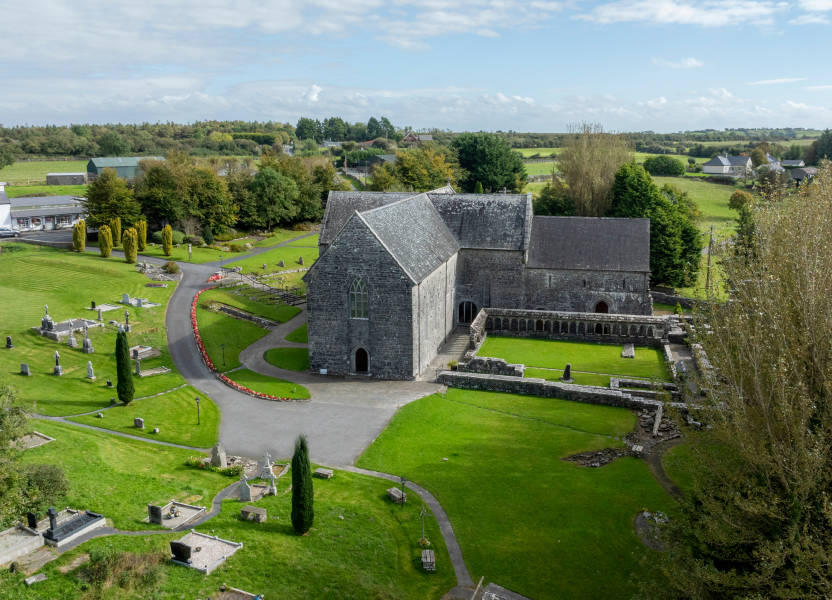Local Attractions
Mayo
Explore The Area
Ballintubber Abbey is in the heart of County Mayo and sits within the Joyce Country and Western Lakes Geopark. Castlebar is just over a ten-minute drive away and Ballinrobe, Claremorris and Westport are all within easy reach. From historic sites and houses to outdoor activities and great food destinations, this part of Mayo has lots to offer.
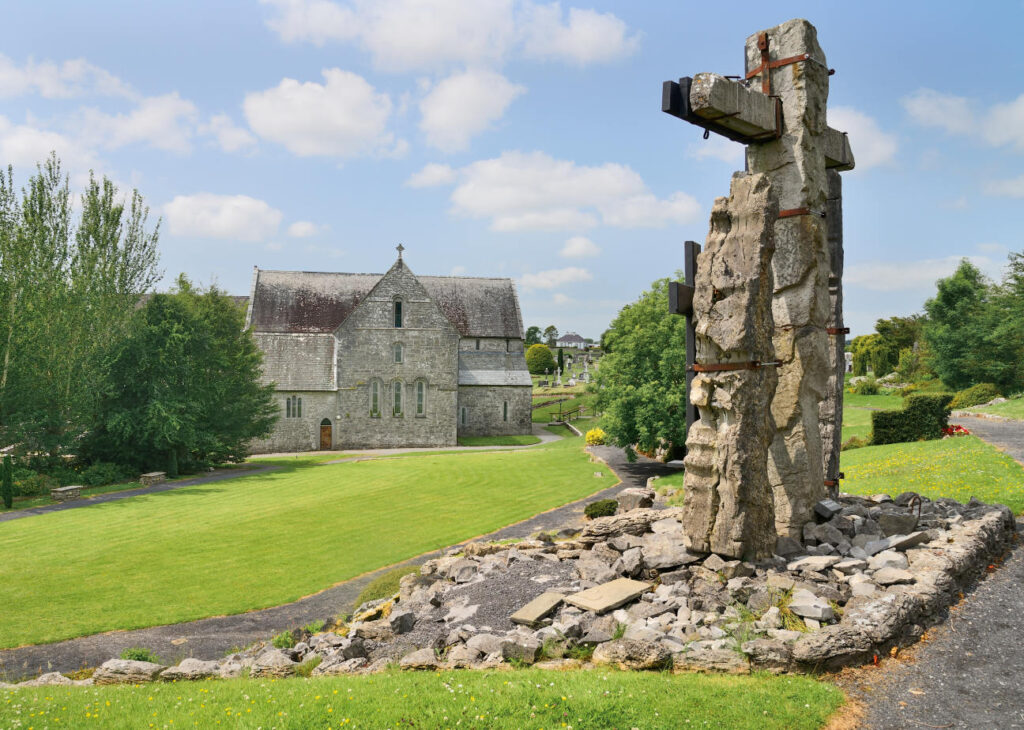
Cafés and Restaurants
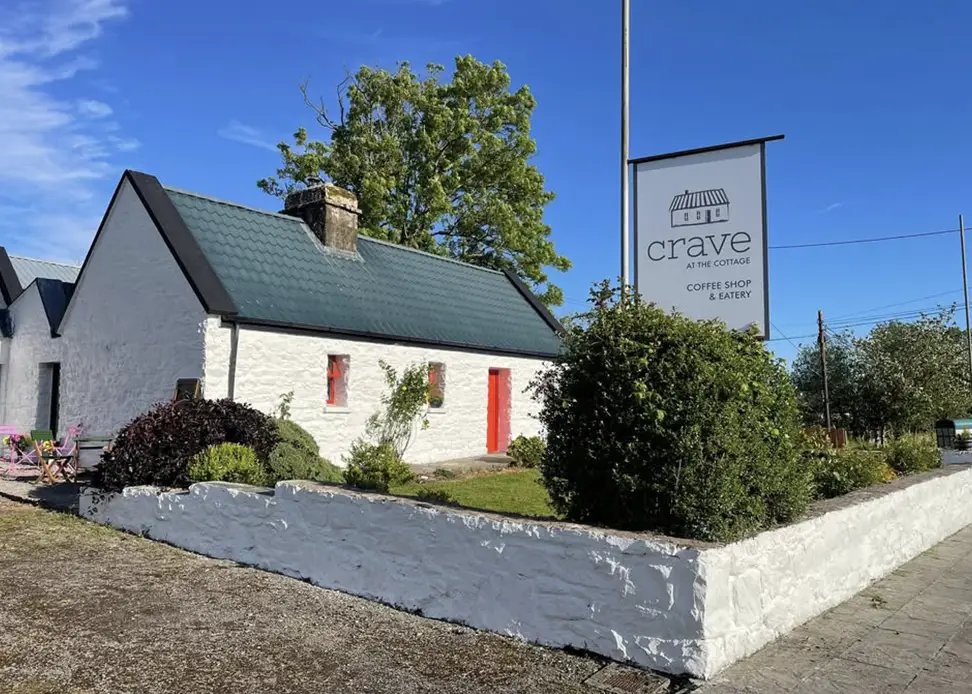
Crave at the Cottage
For great coffee, snacks and lunch, just over 2km from The Abbey.
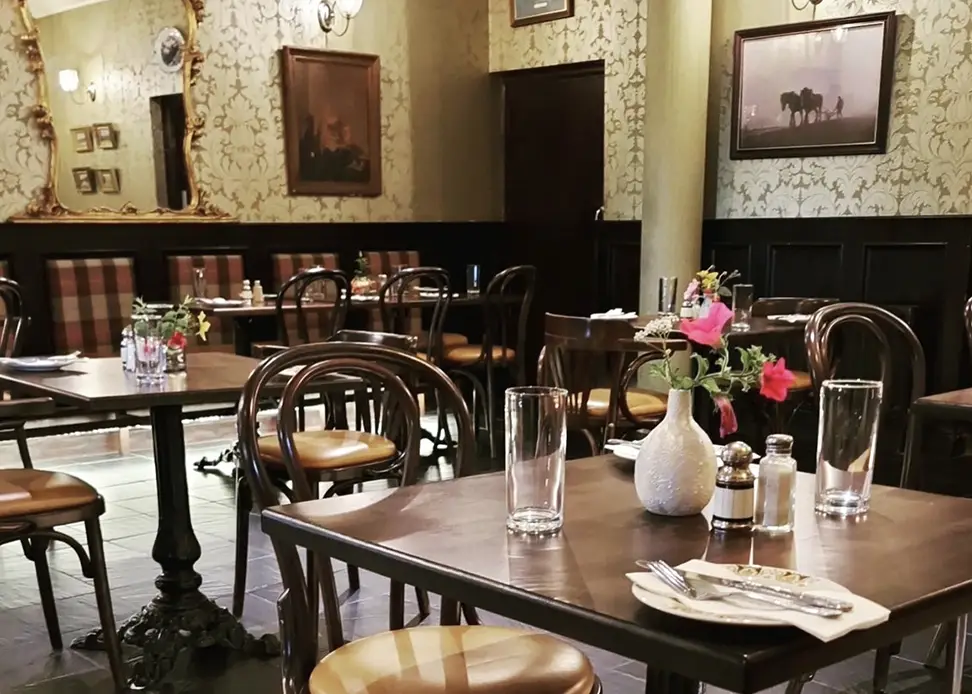
Corley's Abbey Lodge
A perfect place for visitors to relax after a tour; directly across the road from Ballintubber Abbey
Ph: (094) 903 0850

Lough Inn, Party, Co. Mayo
Family friendly rural traditional Irish Restaurant and Pub.
Ph: (094) 954 3020
Accommodation
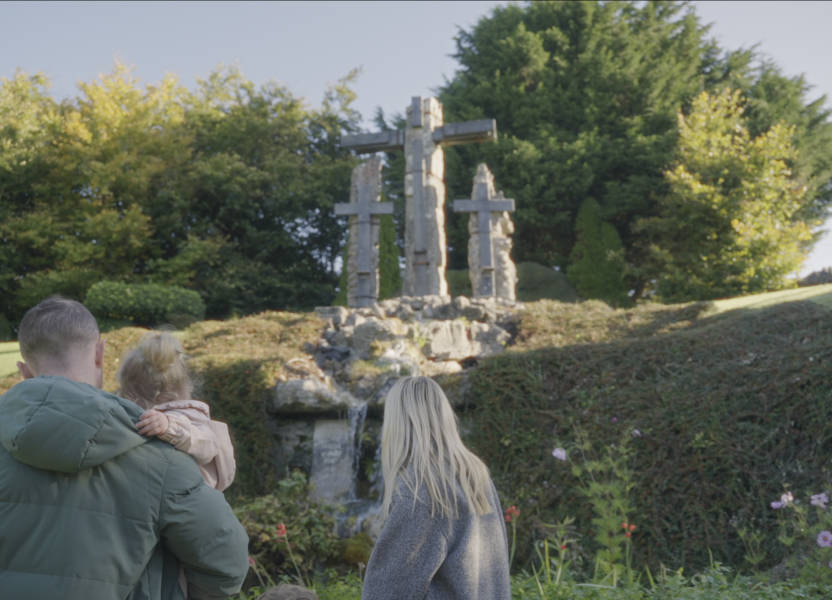
Abbeyside B&B
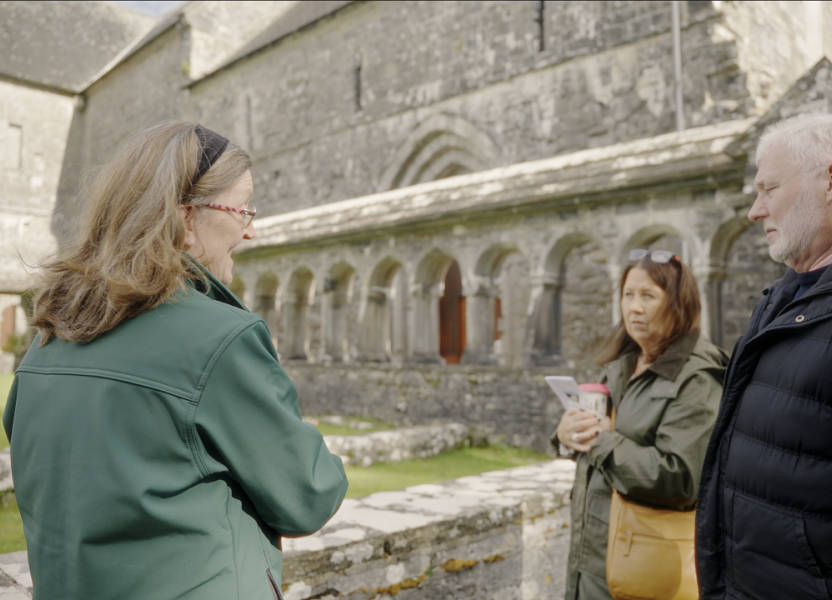
Tranquil Escapes B&B
Places to See
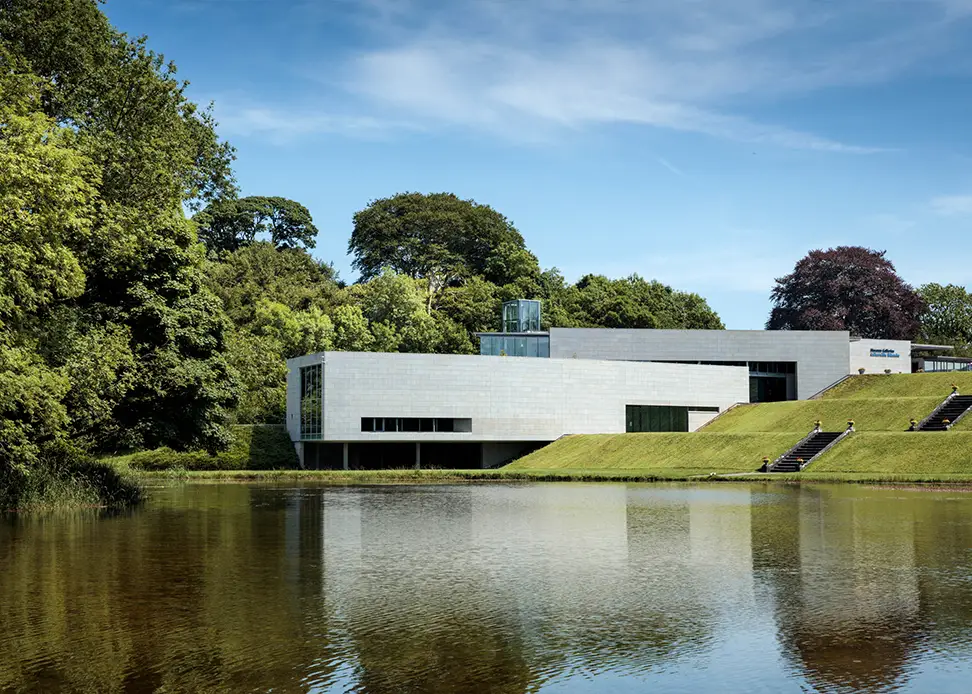
National Museum of Ireland, Turlough Park
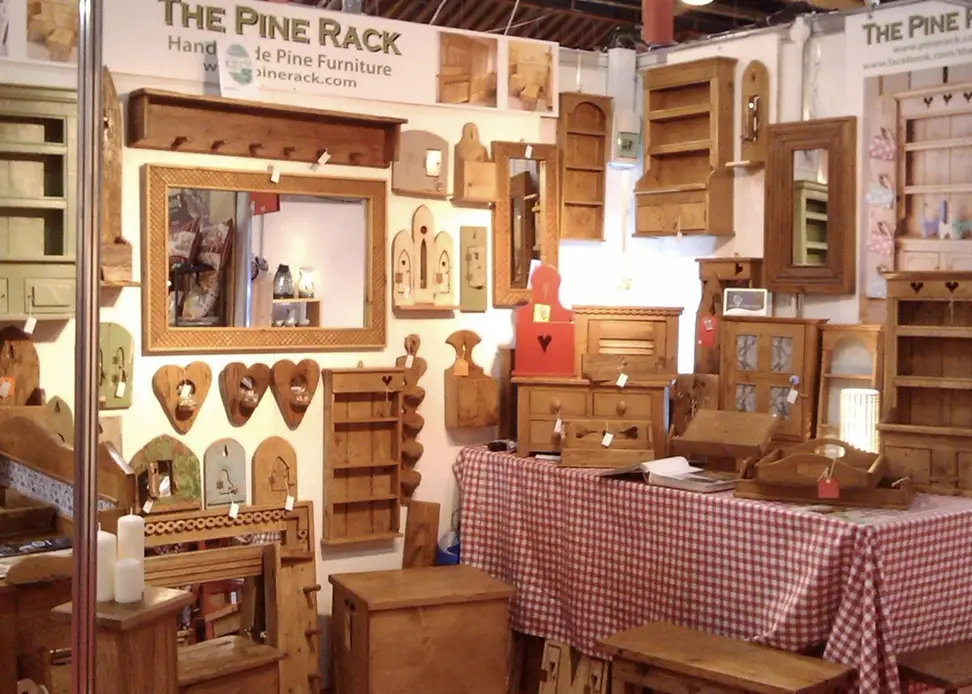
Pine Rack
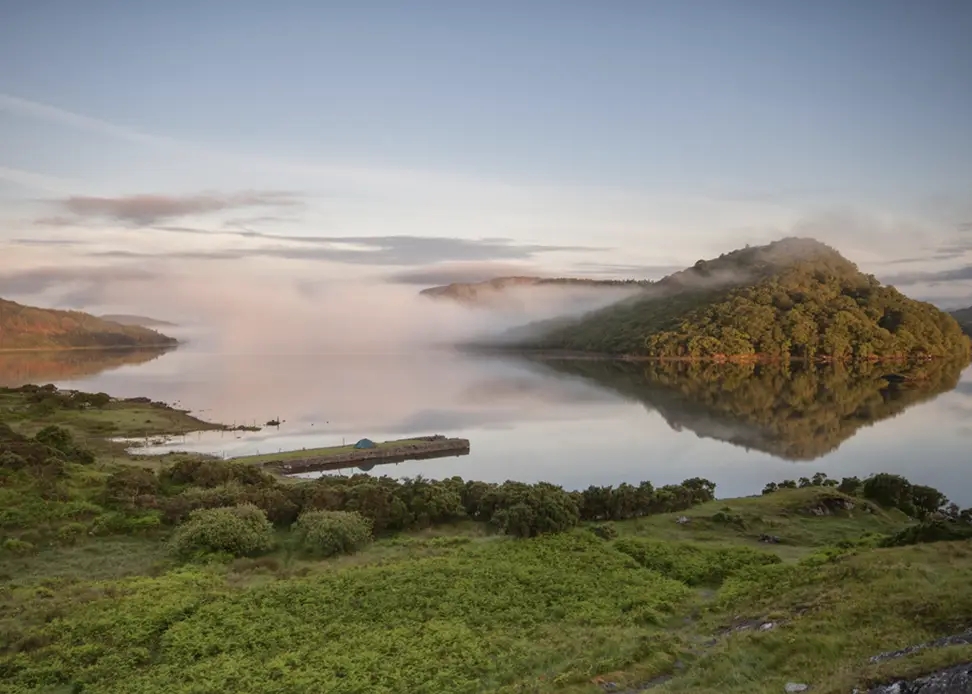
Corrib Cruises
Experience Ballintubber Abbey
Journey through time and faith at Ballintubber Abbey. Explore its captivating history and architecture on a guided tour, or embrace serenity on a pilgrimage walk, connecting with centuries of tradition.
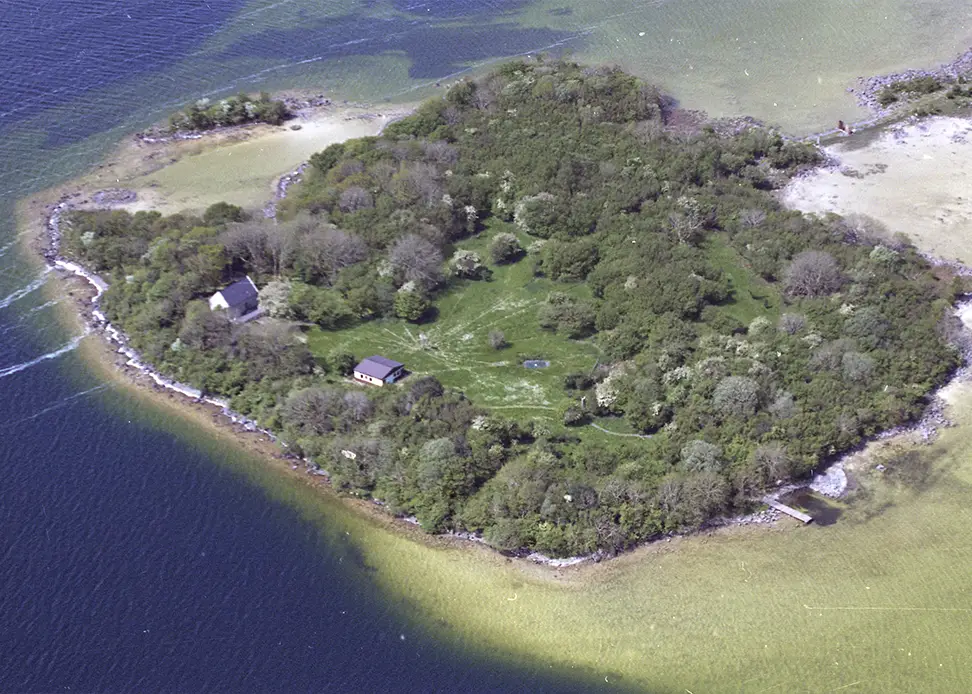
Church Island
Church Island or Oilean na Scríne- Shrine Island lies at the North West of Lough Carra. It came into the possession of Ballintubber Abbey in 1992 and is a must-see part of your trip to Ballintubber.
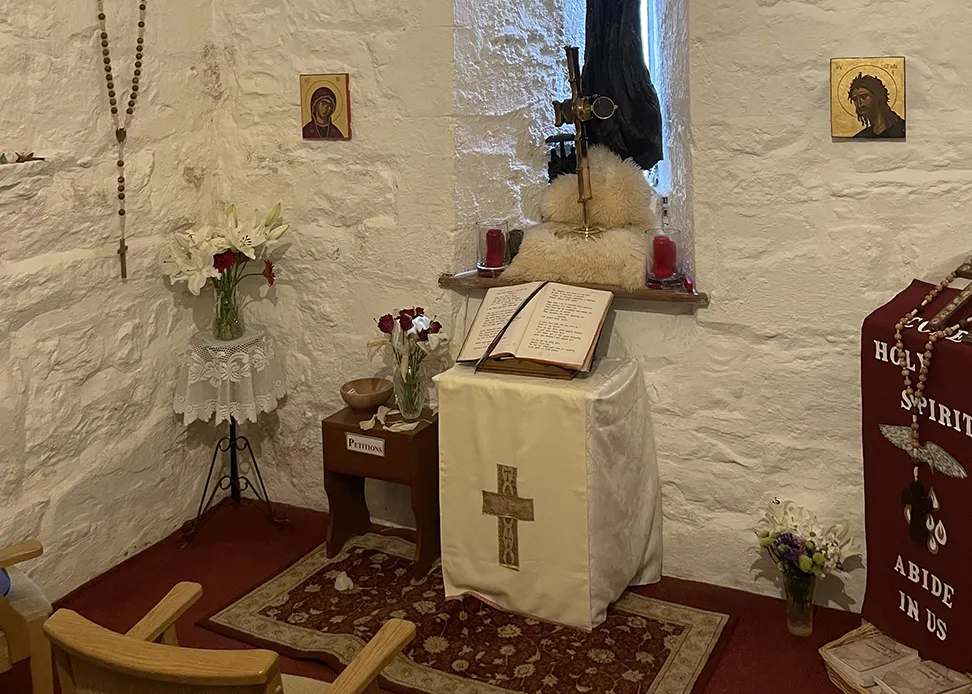
The Chapel of Adoration
The Chapel of Adoration at Ballintubber Abbey is a spiritual haven where Eucharistic Adoration takes place daily from 3.00 p.m. to 9.00 pm.

